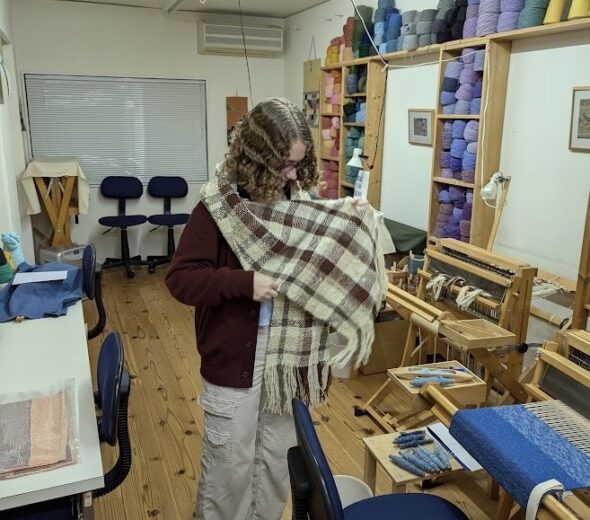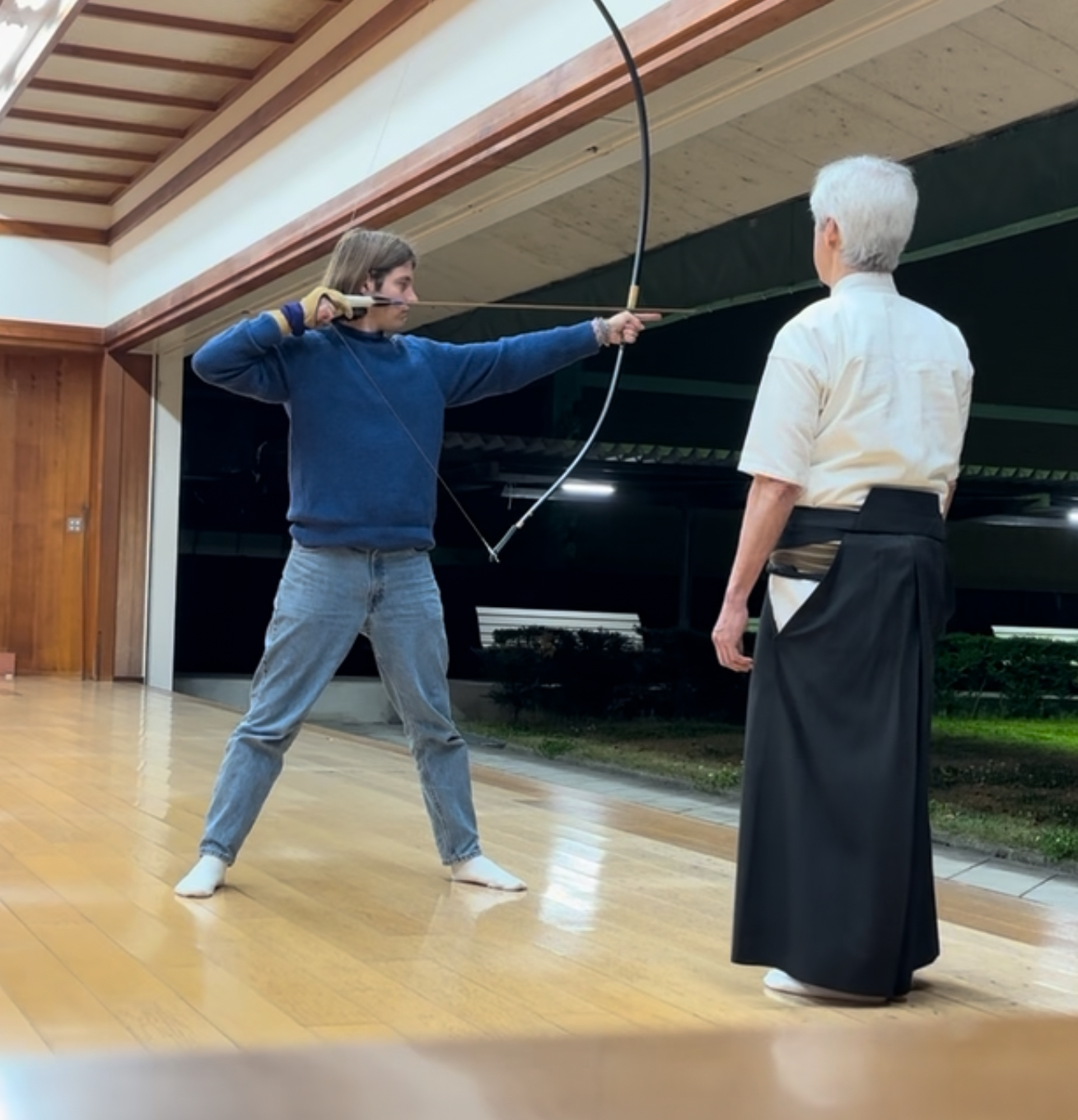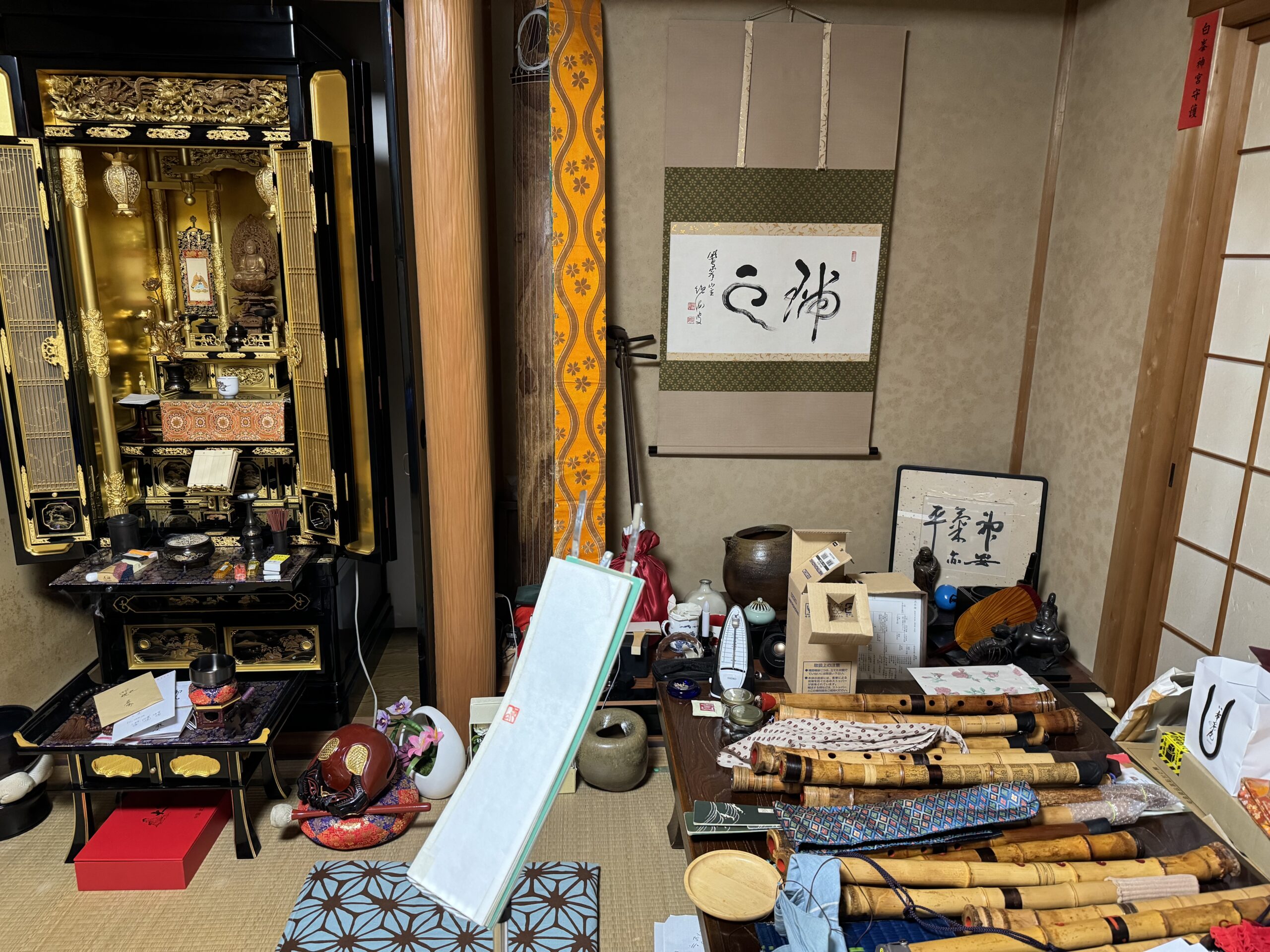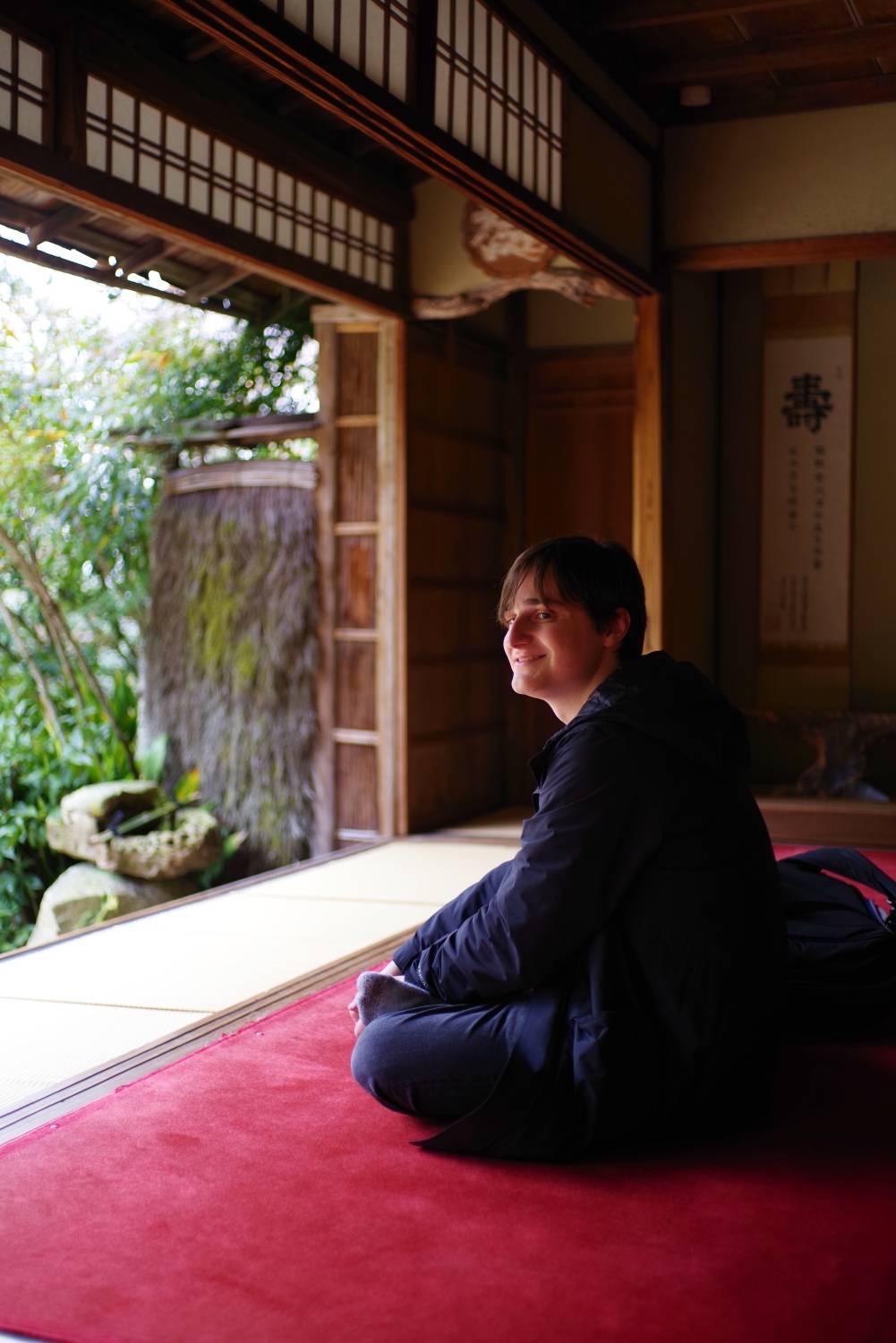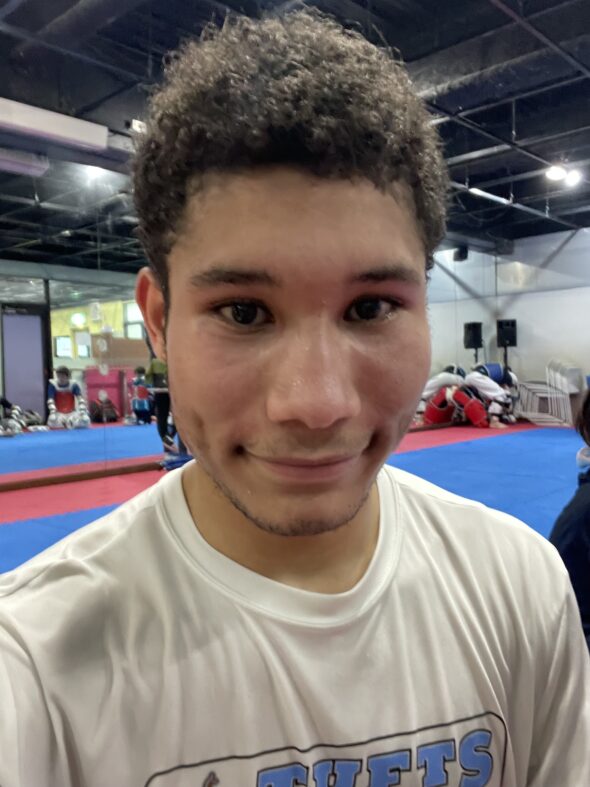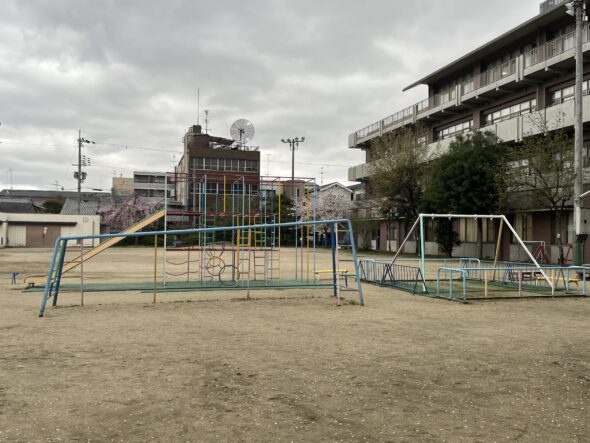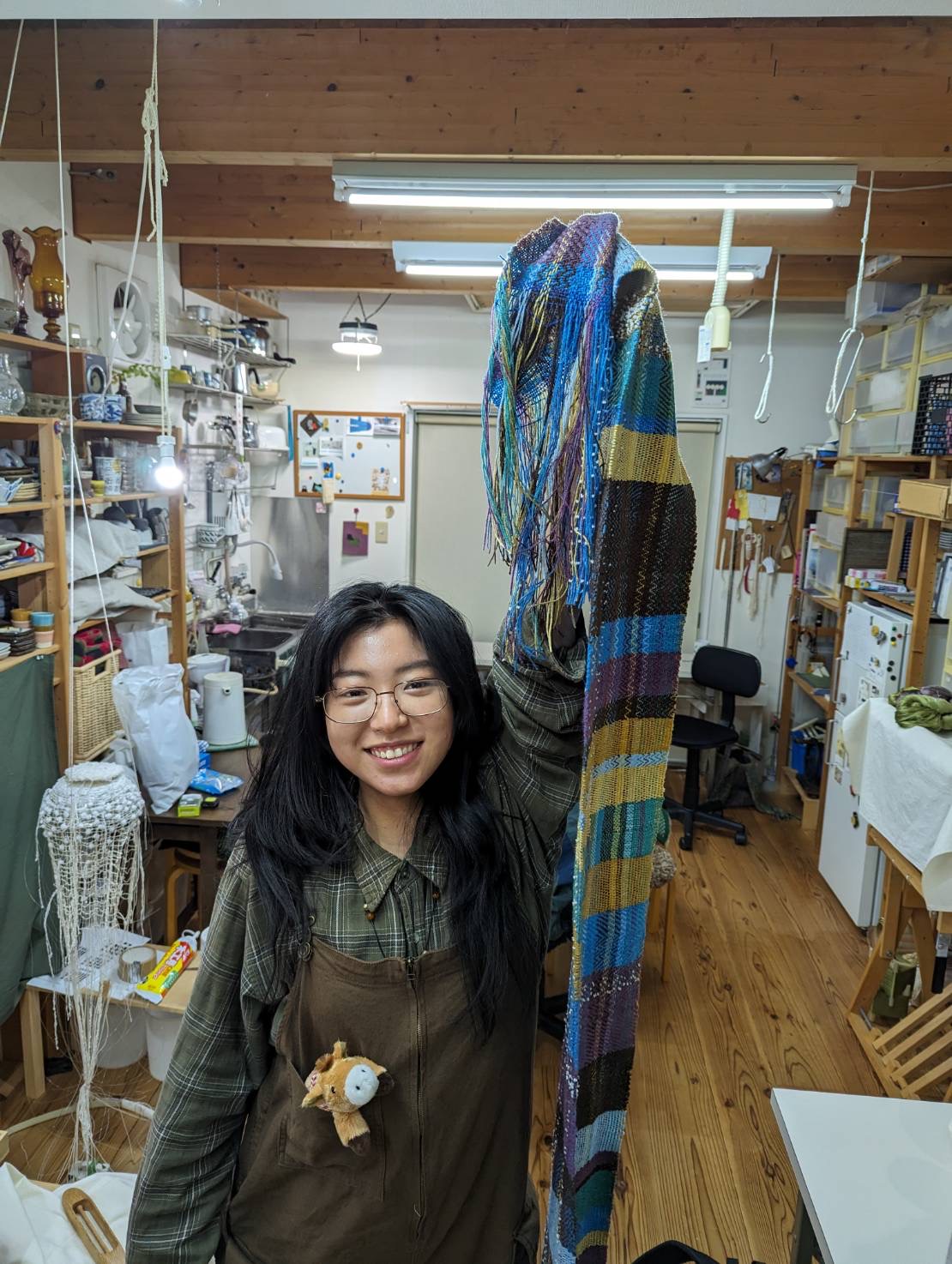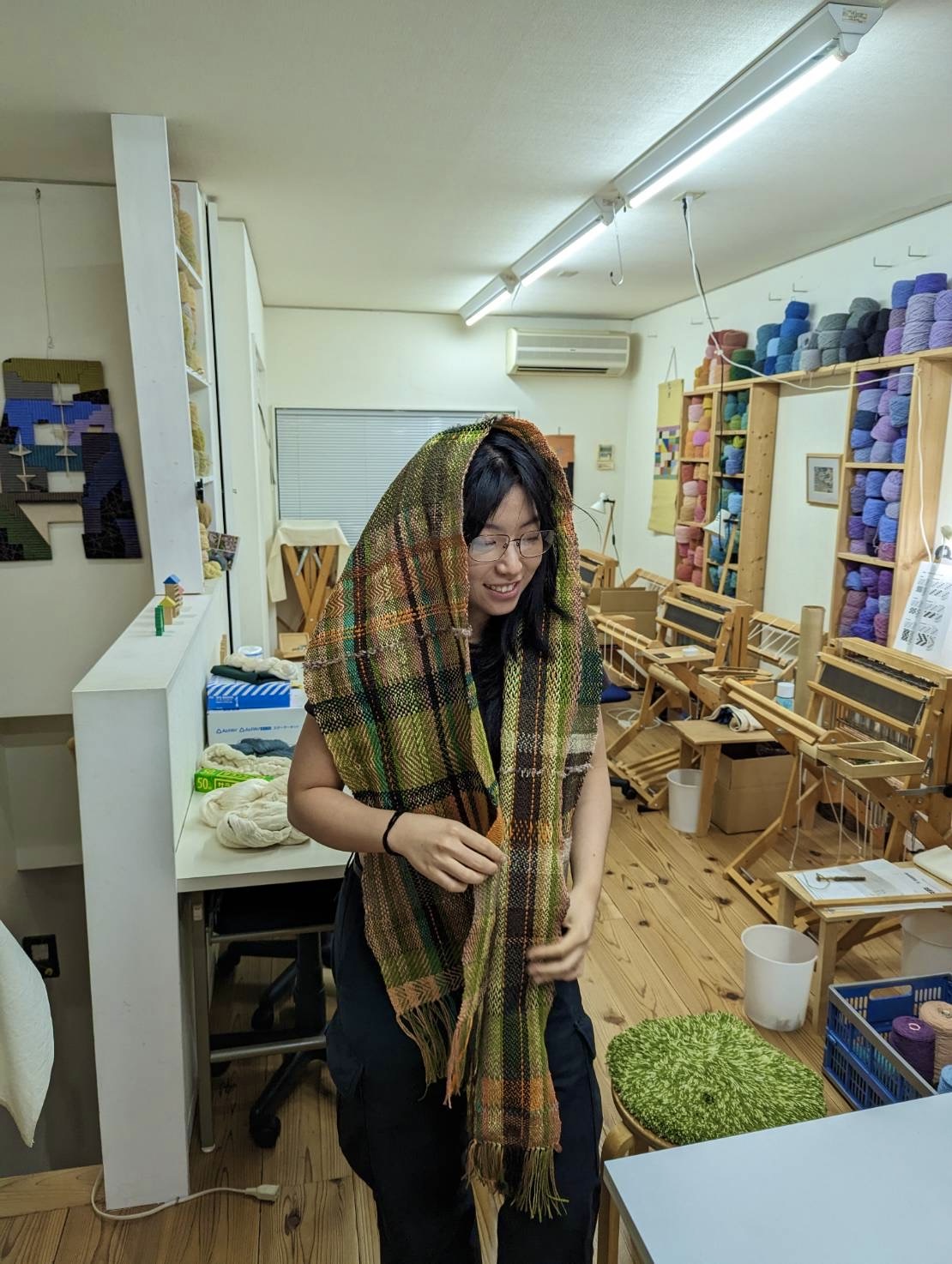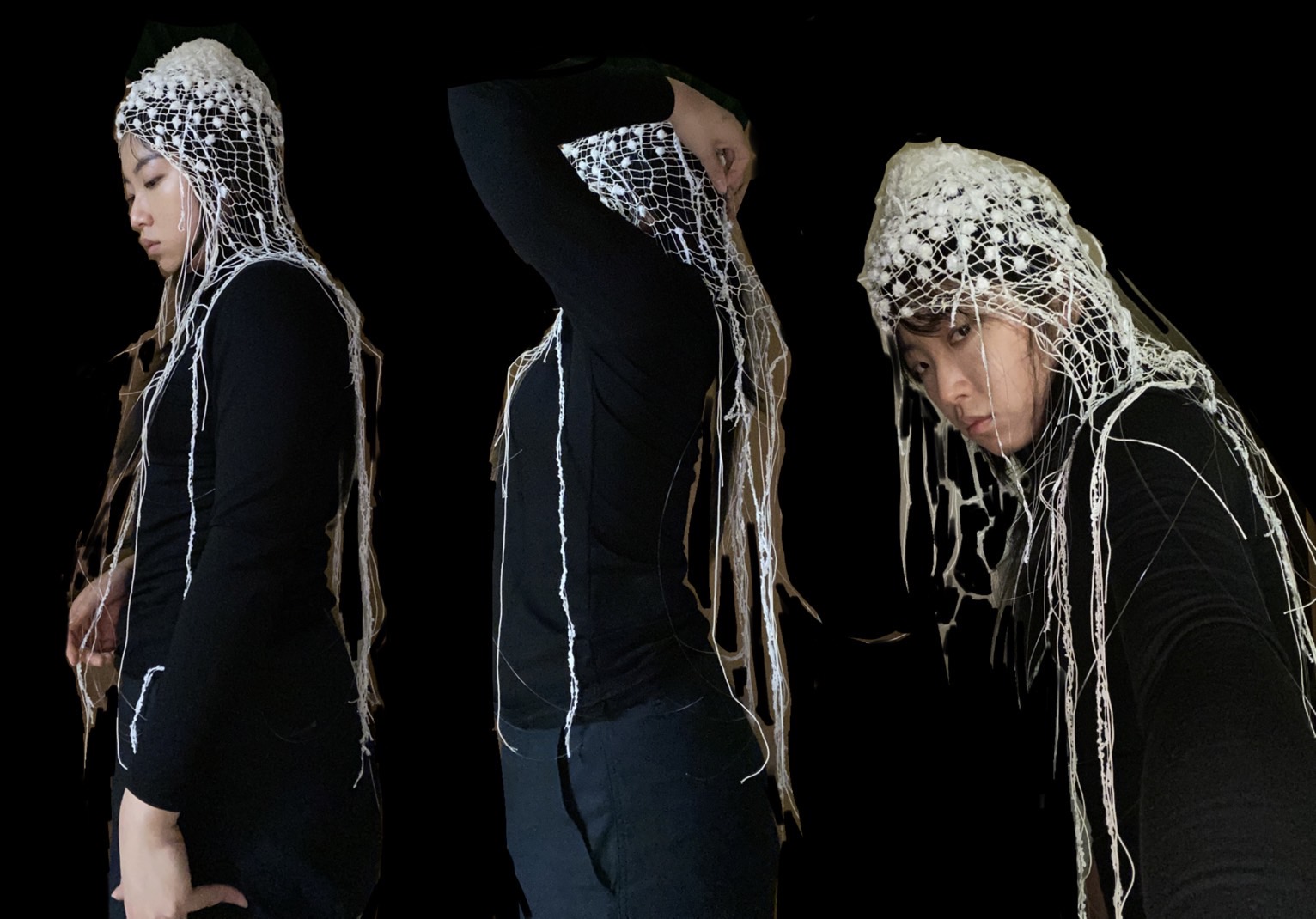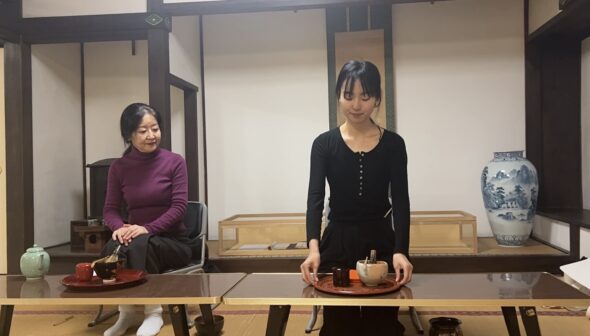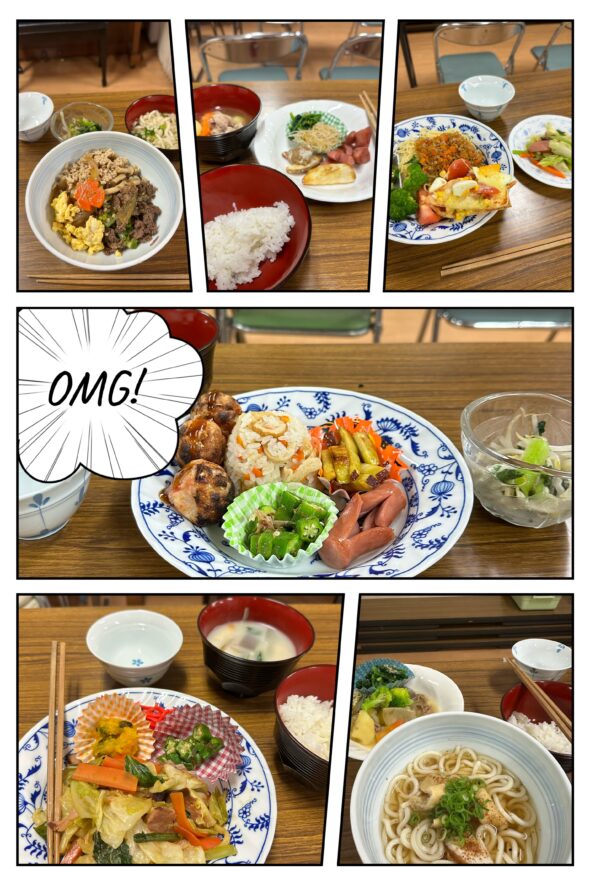
At Kodomo Shokudō, I volunteer to help create a welcoming space where children and families can enjoy meals together. My main tasks include assisting with meal preparation and cleanup and interacting with children to build connections and learn more about Japanese culture.
This experience has taught me the importance of communication and adaptability in cross-cultural settings. Engaging with the children has been a highlight, helping me understand Japanese values like politeness and community through their actions. Plus, the food is really good – it’s always a treat to enjoy the delicious and balanced meals prepared here.
Don’t be afraid to step out of your comfort zone and engage with others, even if your Japanese isn’t perfect. Small efforts, like asking questions or sharing activities, go a long way in building meaningful connections.

